Protect the Endangered Species Act
Protect the Endangered Species Act
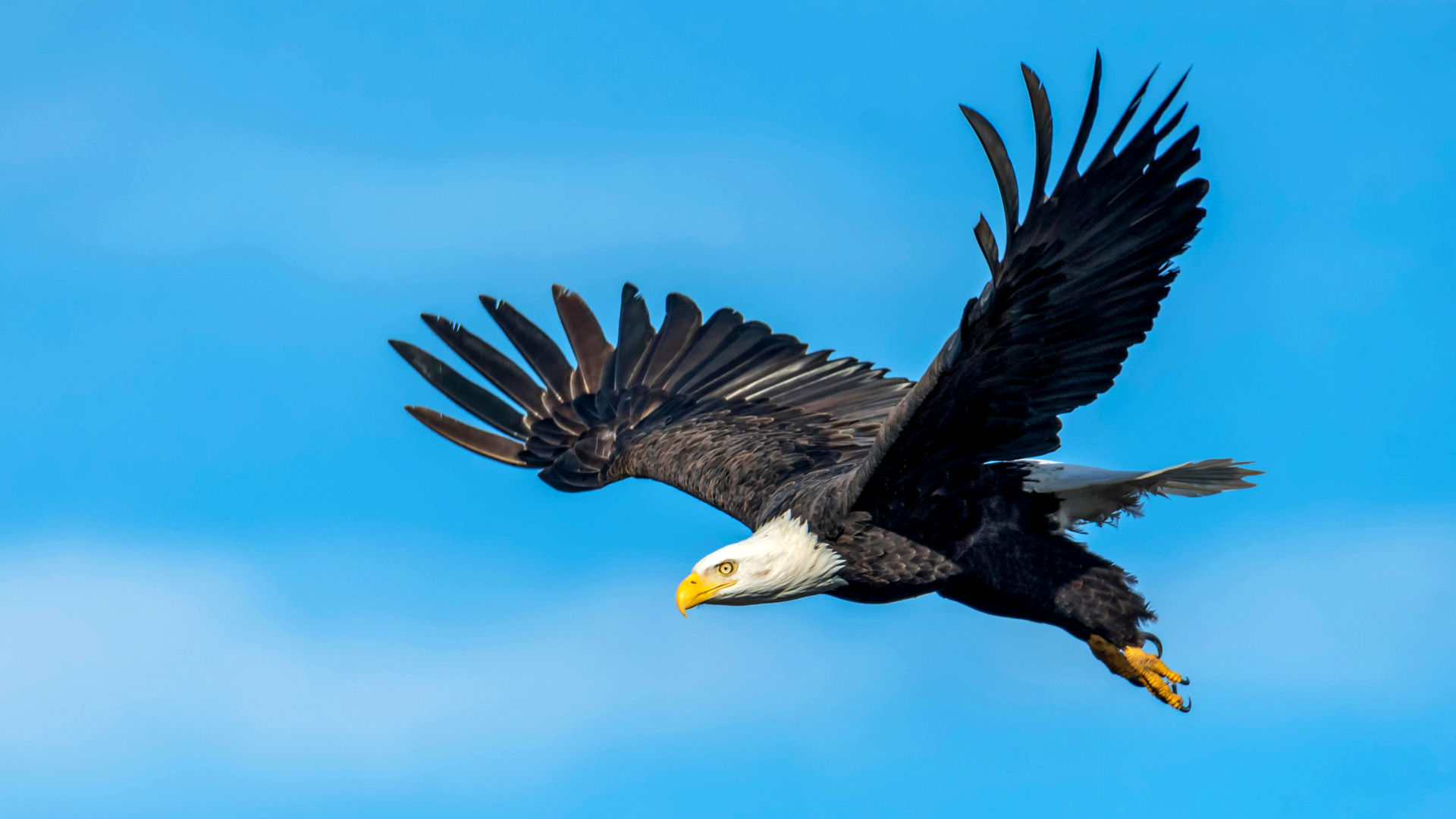
The U.S. Endangered Species Act (“ESA”) is one of the world’s most indispensable environmental laws, essential to saving imperiled wildlife across the globe. Since being enacted in 1973, this science-based legislation has prevented the extinction of more than 99% of the species it protects. But despite the ESA’s undeniable success in conserving wildlife and ecosystems in the U.S. and abroad, this critical wildlife protection law faces constant attempts to weaken it from Congress, the Administration, and groups that place industry interests above protecting our planet and its wildlife. IFAW is partnering with conservation-minded members of Congress and relevant US government departments and agencies to protect the ESA and other bedrock conservation legislation. But we need your support to save this landmark Act before it’s too late.
1973
year the ESA was enacted
The Endangered Species Act was passed in the early '70s with strong bipartisan support, alongside other cornerstone environmental laws like the Clean Air Act and the Clean Water Act. Together these laws safeguard the air we breathe, the water we drink, and our planet's wildlife.
99%
of species saved from extinction
Nearly every species listed under the ESA is still around - and many of them, including the American alligator and bald eagle, have made full recoveries thanks to the protections provided by the ESA.
2,375
species listed
Of those plant and animal species, more than 1,600 are domestic to the United States.
How the ESA works
The ESA was created to protect and recover at-risk animals and plants and the habitats they are found in. It prevents the “take,” or harassment, harm, hunting, killing, trapping, or any other attempts to impact an animal, and limits the trade of listed species and their parts and products. Additionally, it prohibits federal actions that may jeopardize the survival of a species or modify their habitat. Ultimately, the goal of the ESA is to “recover” species such that they no longer need the protections that the ESA provides.
Administered by the U.S. Fish and Wildlife Service and the National Marine Fisheries Service, species are listed under the ESA based on their biological status and the threats to their survival. Species can be listed as:
- Endangered, or in danger of extinction throughout all or a significant segment of their range, or,
- Threatened, or likely to become endangered in the foreseeable future.
When species are listed under the ESA, their “critical habitat” may be designated for protection as well if vital for the species’ recovery.
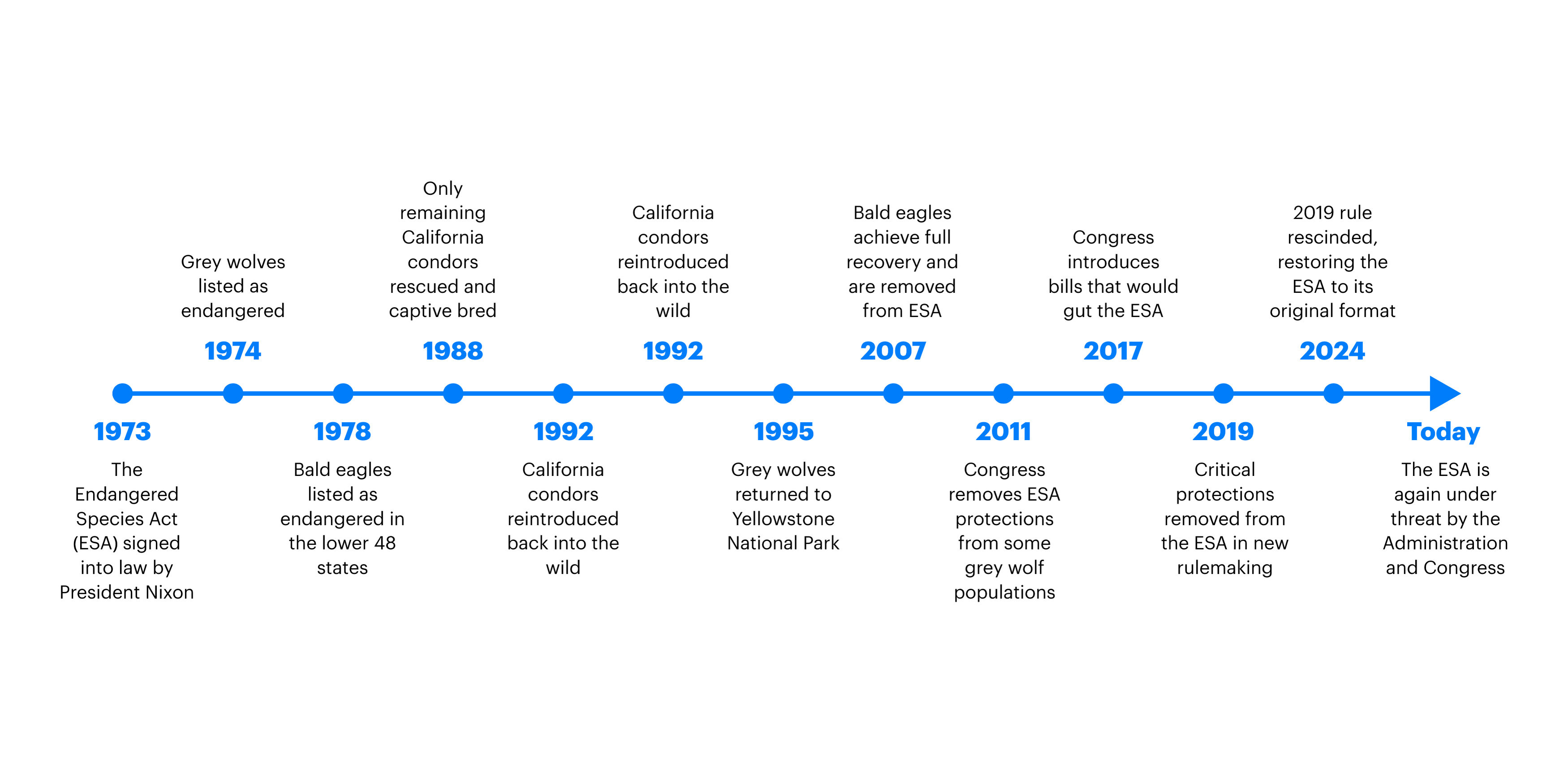
The Endangered Species Act is at risk: Take action now to protect it
North Atlantic right whale, Eubalaena glacialis
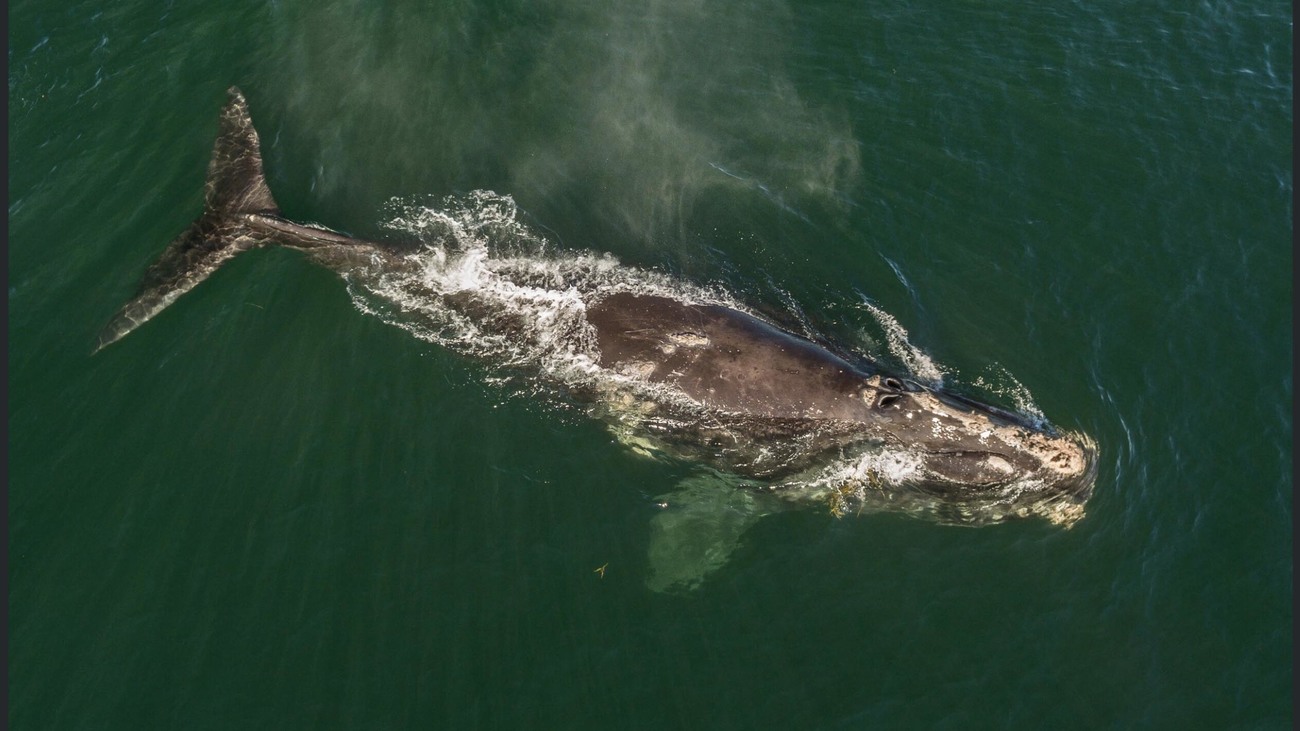
- Domestic
- Protected since 1970
- Status: Endangered
- North Atlantic right whales are one of the most endangered large whale species in the world. This species native to the Atlantic coast of the US and Canada were hunted to the brink of extinction by the early 1890s and today face the deadly threats of vessel strikes and entanglement in fishing gear. Since 2017, right whales have been undergoing an Unusual Mortality Event that has affected 156 individuals. With only roughly 370 individuals remaining, and less than 70 reproductive females, the protection of this species is more critical than ever.
>> Learn more
African elephant, Loxodonta Africana
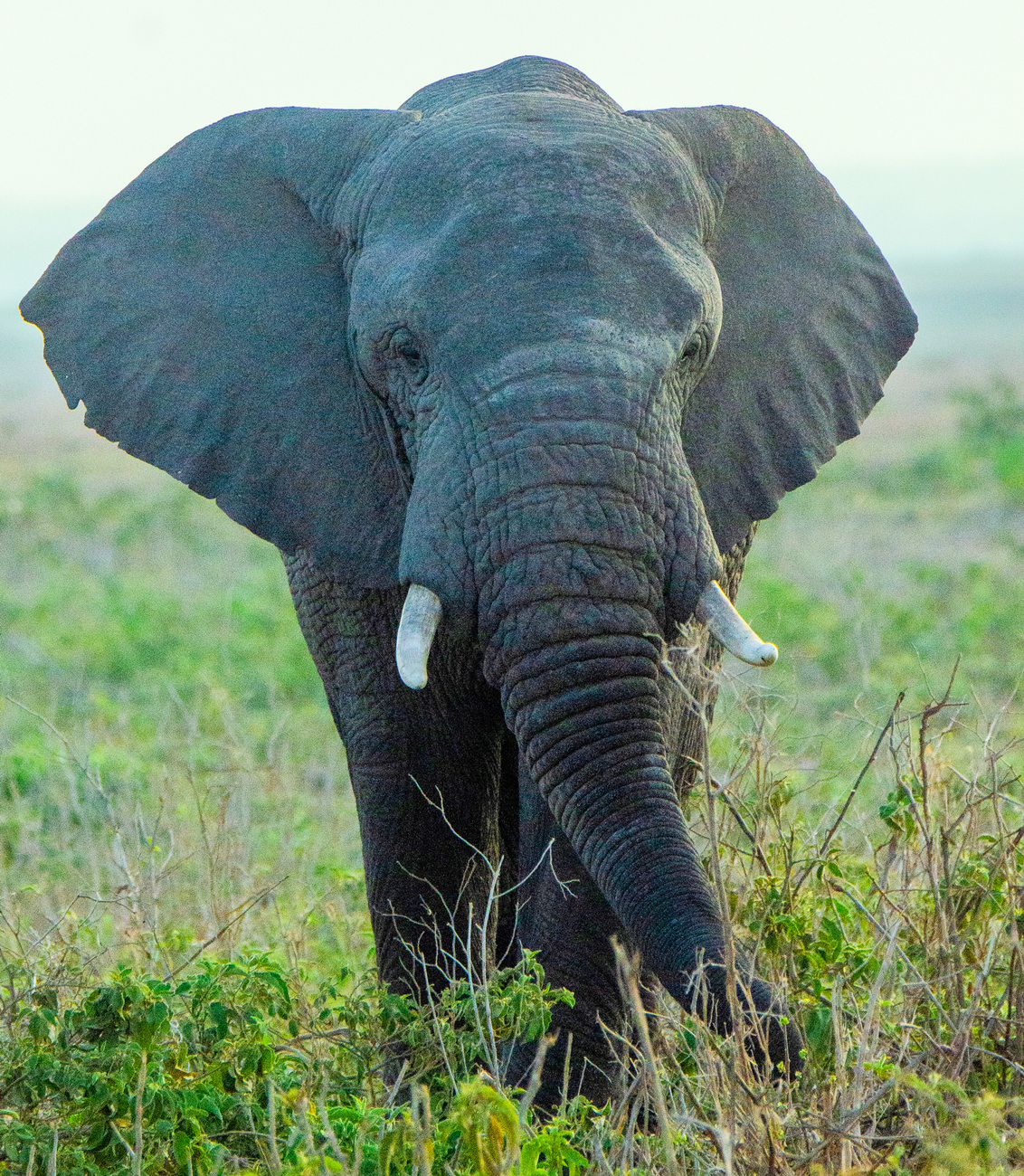
- International
- Protected since 1978
- Status: Threatened
- African elephants, the largest land mammal on earth, are also one of the most imperiled. Although listed as Threatened under the ESA in 1978, the species has suffered steep declines since then, primarily due to demand for their ivory tusks. Between 2010 and 2012, over 100,000 elephants were poached for their ivory. Now, fewer than 415,000 remain in the wild. In response to this crisis, the U.S. government issued stricter regulations under the ESA for trading ivory, reducing America’s role in the poaching crisis.
>> Learn more
Grizzly bear, ursus arctos horriblis
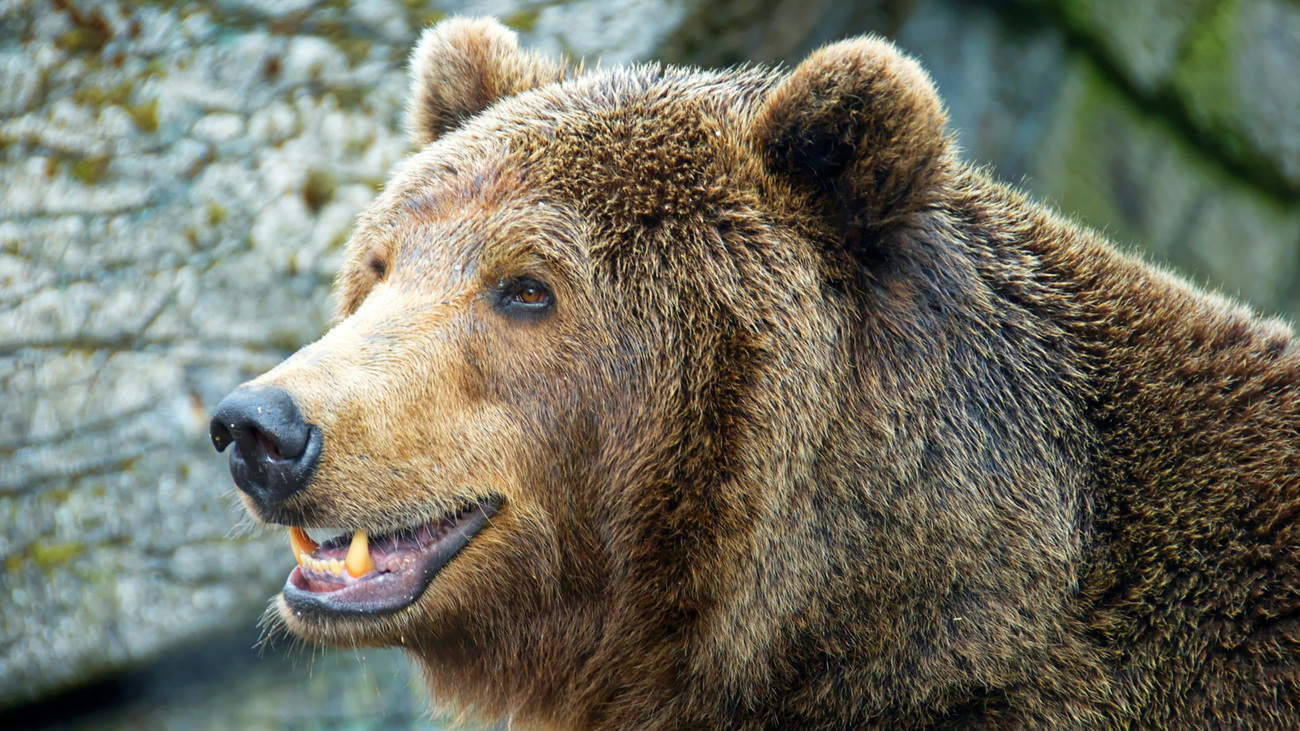
- Domestic
- Protected since 1975
- Status: Threatened
Grizzly bears once inhabited much of North America, but habitat loss and poorly regulated hunting reduced their population to about 800 individuals in the lower 48 states by the 1970s. Since being listed under the ESA, the grizzly population in that range has nearly doubled thanks to habitat protections and recovery actions mandated under the law. Despite this early success, there is more progress to be made in grizzly bear recovery-—yet some members of Congress, state governments, and interest groups have attempted to eliminate grizzlies’ ESA protections.
>> Learn more
Giant Pangolin, Manis gigantea
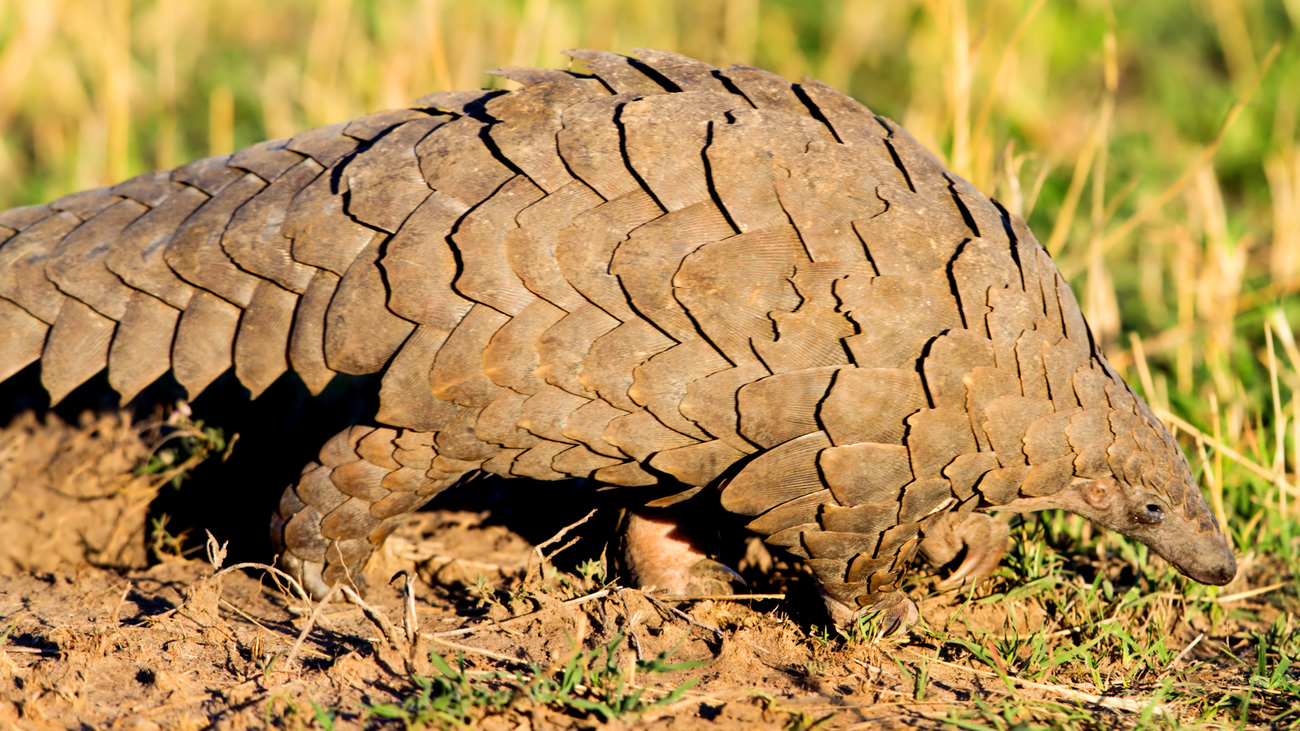
- International
- Status: Not protected
- Pangolins are the world’s most trafficked mammals: an estimated 1 million were poached and illegally traded over the last decade. The giant pangolin is the largest and rarest of the African pangolin species. IFAW, along with other groups, petitioned the U.S. government to list all pangolin species under the ESA in 2015, and in 2025 they were proposed, along with the six other species of pangolin, to be listed as Endangered. This listing would end the U.S.’s role as a market and transit country for pangolin products.
>> Learn more
Polar Bear, Ursus maritimus
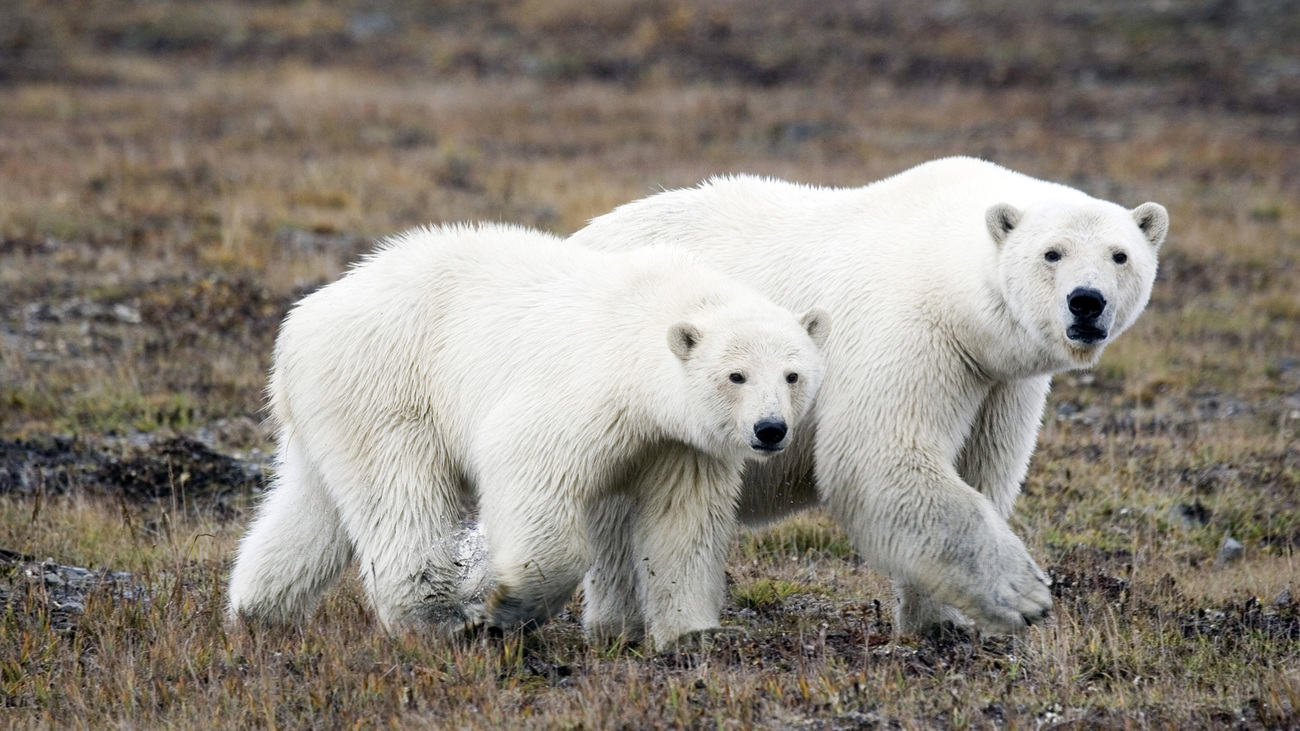
- Domestic
- Protected since 2008
- Status: Threatened
Polar bears face decline across their range due to habitat degradation, and are particularly susceptible to the loss of Arctic sea ice driven by climate change. The bears rely on ice to hunt their prey and breed - warming paints a grim future for their icy habitat.The U.S. Fish and Wildlife Service listed polar bears as Threatened under the ESA primarily because of this looming hazard. The listing, combined with defenses granted by the Marine Mammal Protection Act, required the government to develop a species recovery plan and banned imports of hunting trophies.
>> Learn more
Giraffe, Giraffa camelopardalis
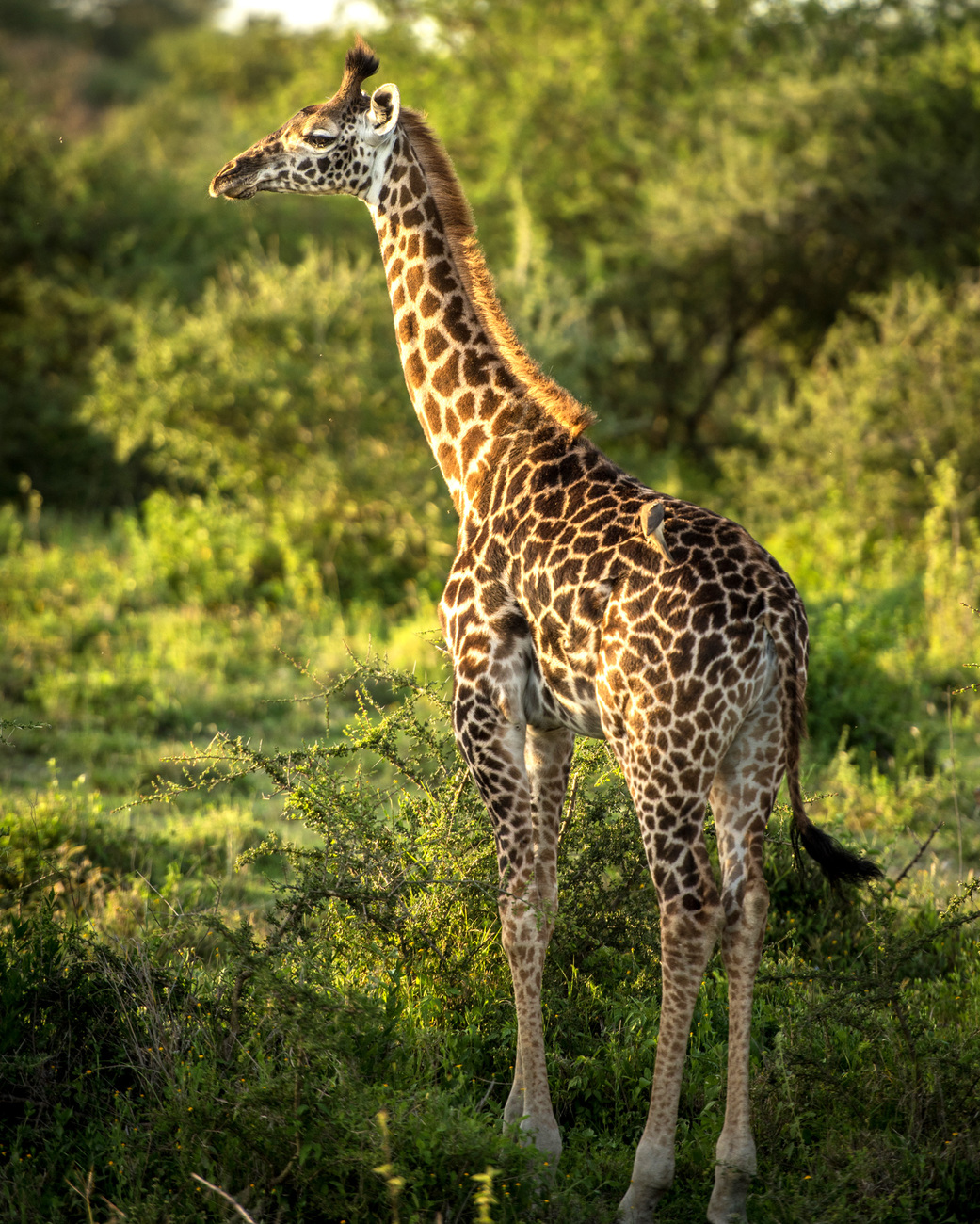
- International
- Status: Not protected
The tallest land mammals on Earth, giraffes are the gentle giants of the savannah. Giraffes are experiencing what experts call a silent extinction, declining by about 40% over the last 30 years due to habitat destruction and fragmentation, as well as hunting for bushmeat, the bone trade, and trophies. Between 2006 and 2015, 39,516 specimens, including dead and live animals, as well as their parts were imported by the US-that is equivalent to at least 3,751 individual giraffes. Giraffes were proposed for listing under the ESA in November 2024, addressing their decline and the outsized role of the US as an importer of giraffe parts.
>> Learn more
Scalloped Hammerhead Shark, Sphyrna lewini
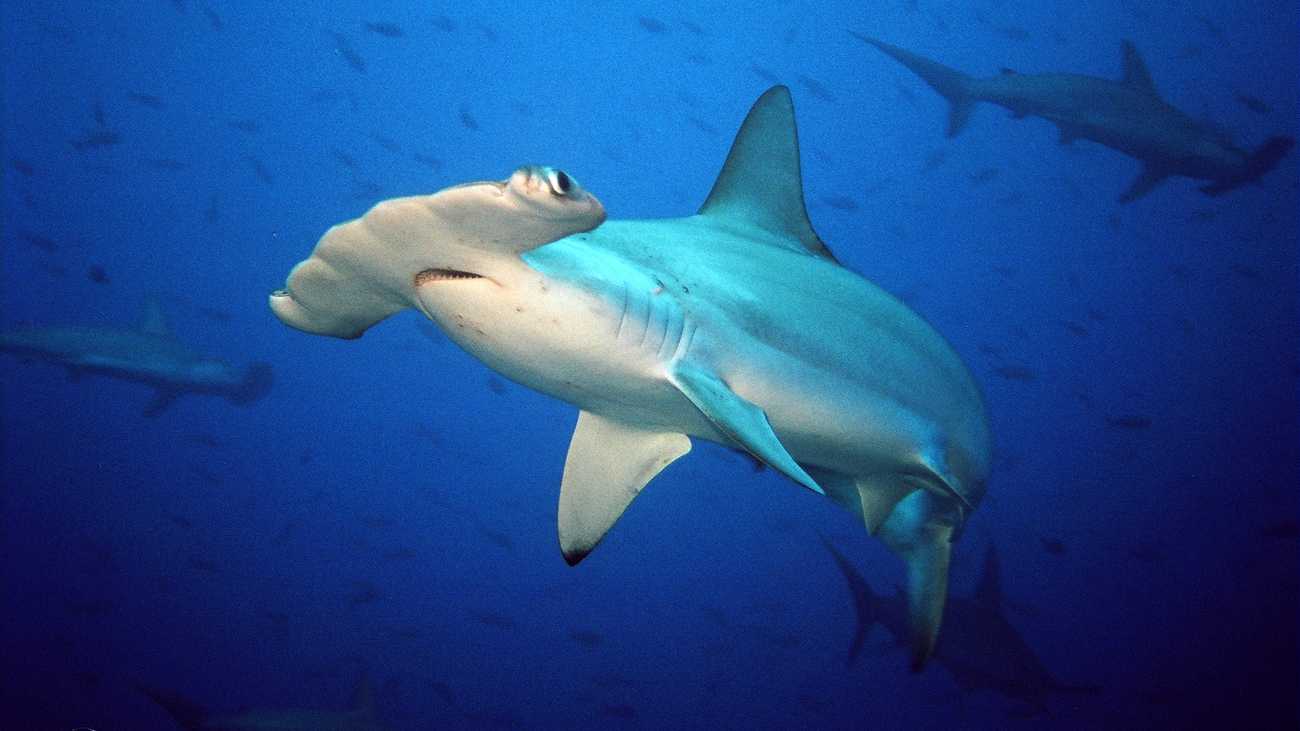
- Domestic
- Protected since 2014
- Status: Endangered
The scalloped hammerhead is a wide-ranging, semi-coastal shark that was historically found throughout the world's oceans, and was the first shark species listed under the ESA. Over the past 30 years, this slow- growing species has suffered a 50% decline, primarily due to the shark fin trade. The U.S. listed four of the six scalloped hammerhead populations under the ESA in 2014 (two as Endangered and two as Threatened), which protected the shark from fishing in U.S. waters and restricted the import of their fins and other parts.
>> Learn more
Bald Eagle, Haliaeetus leucocephalus

- Domestic
- Protected since 1967
- Status: Recovered
Bald eagle populations were decimated by shooting and habitat destruction, and the species was nearly extinct in the lower 48 states until protected by federal law (the Bald and Golden Eagle Protection Act) in the 1940s. Populations then stabilized, but the widespread use of DDT, a pesticide that is especially harmful to birds of prey, caused bald eagle populations to plummet again. By 1973, there were only about 400 nesting pairs in the lower 48 states. Thanks to the ESA's Endangered list and related conservation efforts, critical nesting habitat was protected, reintroduction efforts were conducted, and DDT was banned. Today, there are about 10,000 breeding pairs of bald eagles in the continental U.S. In 2007, bald eagles were removed from the ESA but they remain protected under other laws.
>> Learn more
West Indian Manatee, Trichechus manatus
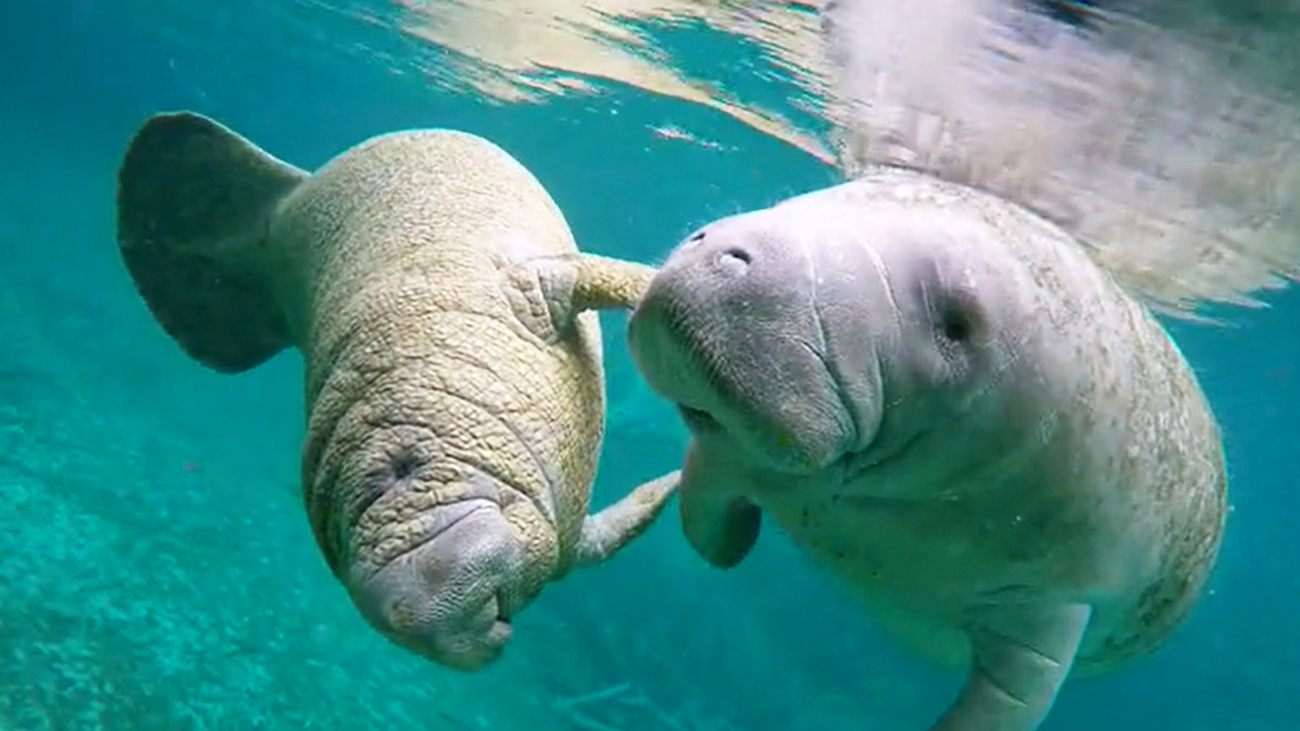
- Domestic
- Protected since 1967
- Status: Threatened
West Indian manatees, once abundant throughout the warm, coastal waters of the Atlantic and Caribbean, were devastated by hunting and habitat loss throughout the 19th and early 20th centuries. The species has made a remarkable recovery thanks to protection mandated by the ESA and other conservation measures. In the last 25 years, Florida’s manatee population grew from fewer than 1,300 to over 8,000, prompting the U.S. Fish and Wildlife Service change their status from Endangered to Threatened, but they are still threatened by pollution, habitat loss, and vessel strikes.
>> Learn more
Chimpanzee, Pan troglodytes

- International
- Protected since 1990
- Status: Endangered
Chimpanzees, as the living species most closely related to humans, are important to ecosystem health across their range. They are found in tropical rainforests in equatorial Africa, where they are unfortunately threatened by habitat loss, poaching, and disease; all of which are exacerbated by rapid human population growth. Wild chimps were listed as Endangered under the ESA in 1990; accordingly, any importation of chimpanzees to the U.S. must benefit conservation of the species. In 2015, captive populations of chimps joined their wild brethren on the ESA, ensuring that any chimpanzee brought into the U.S. is protected from harm and harassment.
>> Learn more
The Endangered Species Act is at risk: Take action now to protect it
Threats are mounting on every side: Congress has considered bills that would slash funding for ESA enforcement and planning, and others that would force the de-listing of species, dodging the impartial scientific process that has guided the ESAs implementation since the Act's inception.
The Administration has proposed rules to reduce the efficacy of the ESA, such as rescinding the definition of “harm” to allow habitat exploitation. . We cannot sit idly by and watch iconic wildlife populations decline until they disappear from the Earth forever. Your voice matters -- there are many ways to support the ESA:
- Contact your legislators in Congress to show your support for the ESA and the wildlife it protects.
- Educate yourself further on this landmark environmental law and the many species it conserves.
- Find out about ESA-listed species in your area and spread the word about them. Use this interactive map on the U.S. Fish and Wildlife Service’s website to get started.
- Visit our petitions page to make your voice heard across issues facing our imperiled species.